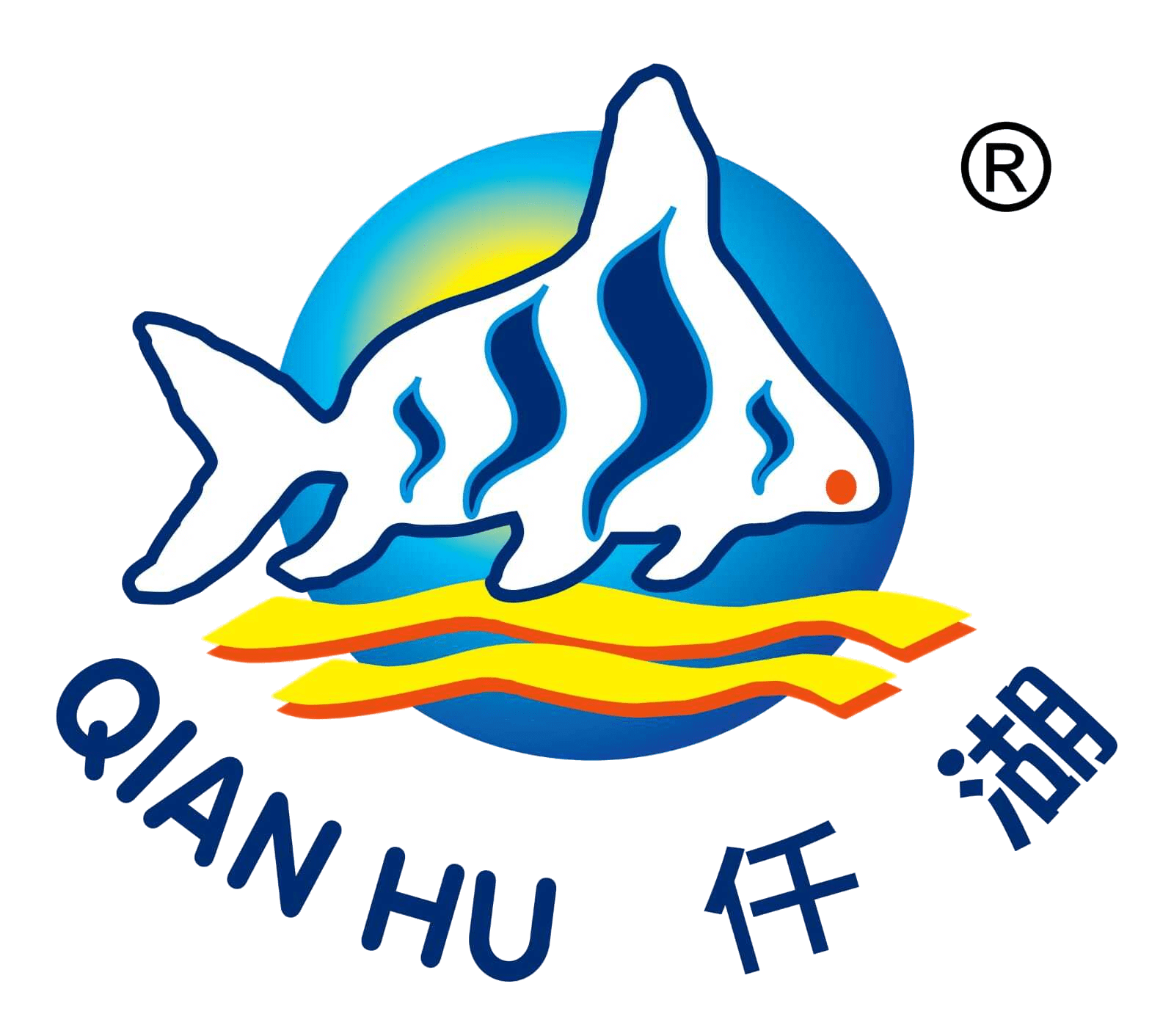Purchase Koi carp normal and A grade from Thailand
Maipenrai Aquarium tropical fish exporter from Thailand
Koi carp, often simply called "koi," are ornamental varieties of domesticated common carp that are kept for decorative purposes in outdoor ponds or water gardens. They are popular for their vibrant colors, patterns, and graceful swimming movements. Originally bred in Japan, koi carp come in a wide range of colors, including white, black, red, yellow, blue, and cream, and can feature various patterns such as Kohaku (white body with red markings), Taisho Sanshoku (white body with red and black markings), and Showa Sanshoku (black body with red and white markings).
In addition to their aesthetic appeal, koi are also valued for their longevity, with some individuals living for several decades under the right conditions. Proper care for koi includes maintaining clean water, providing adequate filtration, and ensuring proper nutrition. Koi are also known to be quite social and can even be trained to eat from their owners' hands.
Keeping koi carp can be a rewarding hobby, but it requires careful planning and maintenance to ensure the health and well-being of the fish. Here are some key considerations for keeping koi carp:
- Pond Setup: Koi need a spacious and well-designed pond to thrive. The pond should be large enough to accommodate the number of fish you plan to keep and should have a depth of at least three feet to provide sufficient space for swimming and protection from predators and temperature fluctuations.
- Filtration: Proper filtration is essential for maintaining water quality in the koi pond. A combination of mechanical, biological, and UV filtration systems can help remove debris, harmful ammonia, and other waste products from the water.
- Aeration: Adequate aeration is necessary to ensure that the water in the pond is properly oxygenated, which is vital for the health of the fish. Aeration can be achieved through the use of air pumps, waterfall features, or fountain jets.
- Water Quality: Regular testing of water parameters such as pH, ammonia, nitrite, and nitrate levels is important to monitor water quality and make any necessary adjustments. Keeping the water clean and balanced helps prevent diseases and promotes the overall health of the koi.
- Feeding: Koi should be fed a balanced diet that meets their nutritional needs. High-quality koi pellets are available commercially and should be supplemented with occasional treats such as fruits, vegetables, or live foods. It's important not to overfeed, as this can lead to poor water quality and health problems for the fish.
- Shelter and Shade: Providing shelter and shade in the pond, such as plants, rocks, or artificial structures, helps koi feel secure and protected from predators and harsh sunlight.
- Health Monitoring: Regularly inspecting the koi for signs of illness or injury is important for early detection and treatment of any health issues. Quarantining new fish before introducing them to the main pond can help prevent the spread of diseases.
- Winter Care: In colder climates, special attention should be paid to winterizing the koi pond to prevent freezing and ensure the survival of the fish. This may involve installing a pond heater, using aeration to keep a hole open in the ice, or moving the koi to an indoor tank for the winter.
By following these guidelines and staying attentive to the needs of your koi carp, you can create a healthy and beautiful environment for these fascinating fish to thrive in.
Feeding koi carp properly is essential for their health and vitality. Here are some guidelines for feeding koi:
- Quality Food: Use high-quality koi pellets ( www.feed4fish.com) as the staple diet for your fish. These pellets are specifically formulated to provide the necessary nutrients for koi carp. Look for pellets with a balanced mix of proteins, fats, carbohydrates, vitamins, and minerals.
- Feeding Schedule: Feed your koi carp 2-3 times a day, but be mindful not to overfeed. Overfeeding can lead to poor water quality and health issues for the fish. Only feed them an amount they can consume within a few minutes.
- Seasonal Adjustments: Adjust the feeding amount and frequency based on the temperature and season. Koi are cold-blooded animals, so their metabolism slows down in cooler temperatures. Feed them less frequently and in smaller amounts during colder months.
- Variety: While koi pellets should make up the bulk of their diet, you can also supplement their diet with occasional treats such as fruits, vegetables, or live foods like earthworms or shrimp. This variety can provide additional nutrients and enrichment for the fish.
- Avoid Overfeeding: Uneaten food can quickly degrade water quality, leading to algae blooms and other problems. If you notice uneaten food after feeding, reduce the amount you're feeding in the future.
- Monitor Growth: Adjust the amount of food you're feeding based on the growth and size of your koi carp. Younger fish and those in the growth phase may require more food to support their development, while older or smaller fish may need less.
- Feed in Moderation: While it's tempting to feed koi carp by hand, avoid excessive hand-feeding as it can lead to overfeeding and potentially aggressive behavior among the fish competing for food.
- Water Temperature: Consider the water temperature when feeding. Koi are more active and have a higher metabolism in warmer water, so you may need to feed them more often during the summer months.
By following these feeding guidelines and maintaining a balanced diet for your koi carp, you can help ensure their overall health and well-being. Regular monitoring of their feeding habits and adjustment of feeding practices as needed will contribute to the success of your koi pond.




